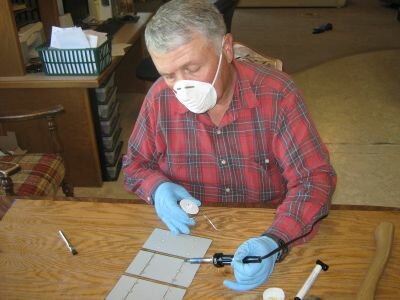The residential wind energy industry is booming. The technology is slowly coming to age with better, more reliable machinery and a greater understanding of how and where to use wind energy for homes.
Due to rising energy cost and heightened concerns about our environment, many home owners are opting for renewable energy sources such as wind generator.
However, if you were to engage a professional contractor to build the wind generator, be prepared to invest up wards of $10,000. Some people do not have that kind of budget.
Alternative, many home owners are building their own residential wind power system via Do It Yourself (DIY) approach.
The following is a list of 5 essential components of a homemade wind energy system:
1) Generator.
The generator is one of the key components of the home wind turbine. The function of the generator is to take the kinetic energy from the spinning blades and converting it into Direct Current (DC).
The Direct Current can then be used to charge up a deep cycle battery. The power from the battery will then go to an inverter to change the DC to Alternate Current (AC). The power from the inverter can then be used to power our household electrical appliances.
2) Blades and hub.
The blades of a wind generator are another crucial element to the system. The function of the blades is to harness the potential energy of the wind and then transferring it into the hub.
The blades can be made from various types of material. The most common material for a homemade wind turbine is either PVC pipe or timber planks.
The best material to make the hub is aluminum due to its light weight.
3) Mounting.
The generator, hub and blades are all affixed on a mounting system. In order to make the blades face the direction of the wind, a piece of heavy aluminum sheet is attached to the back of the mount to act as a wind directional tail.
4) Tower.
The completed wind generator is to be placed high up on a tower. A minimum of 10 feet from the ground is recommended.
To make sure the town is sturdy, it has to be strung tight with steel cables anchored to 4 big wooden stakes on the ground.
5) Charge Controller.
The charge controller is where the cables from the turbine will be connected to. The main function of the charge controller to charge up a deep cycle battery. The controller will stop charging the battery when it is full. Overcharging will reduce the lifespan of the battery.
Another function of the charge controller is to prevent any backflow of current from the battery to the generator. Without the charge controller and when the blades are idle, the generator will slowly drain the power from the battery which took hours to charge.
Homemade Wind Generator For Under $100
Do you want to know how to make your own home wind generator for under $100? If you do, check out the “Build a Wind Generator Plans” manual from Les Oke.
Les Oke and his family have been living off the grid for more than 15 years. He will show you step-by-step how to building an inexpensive residential wind power system on his guide.
